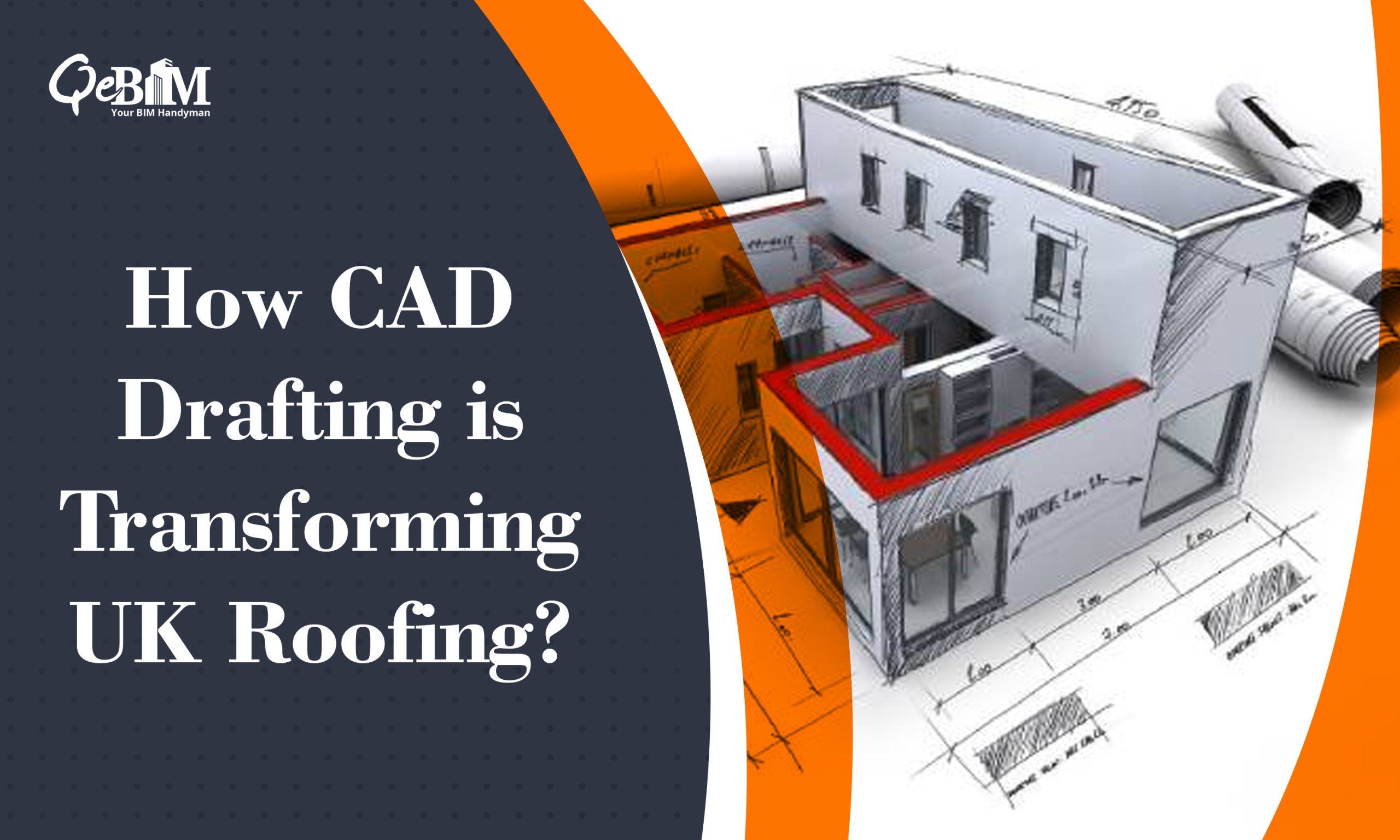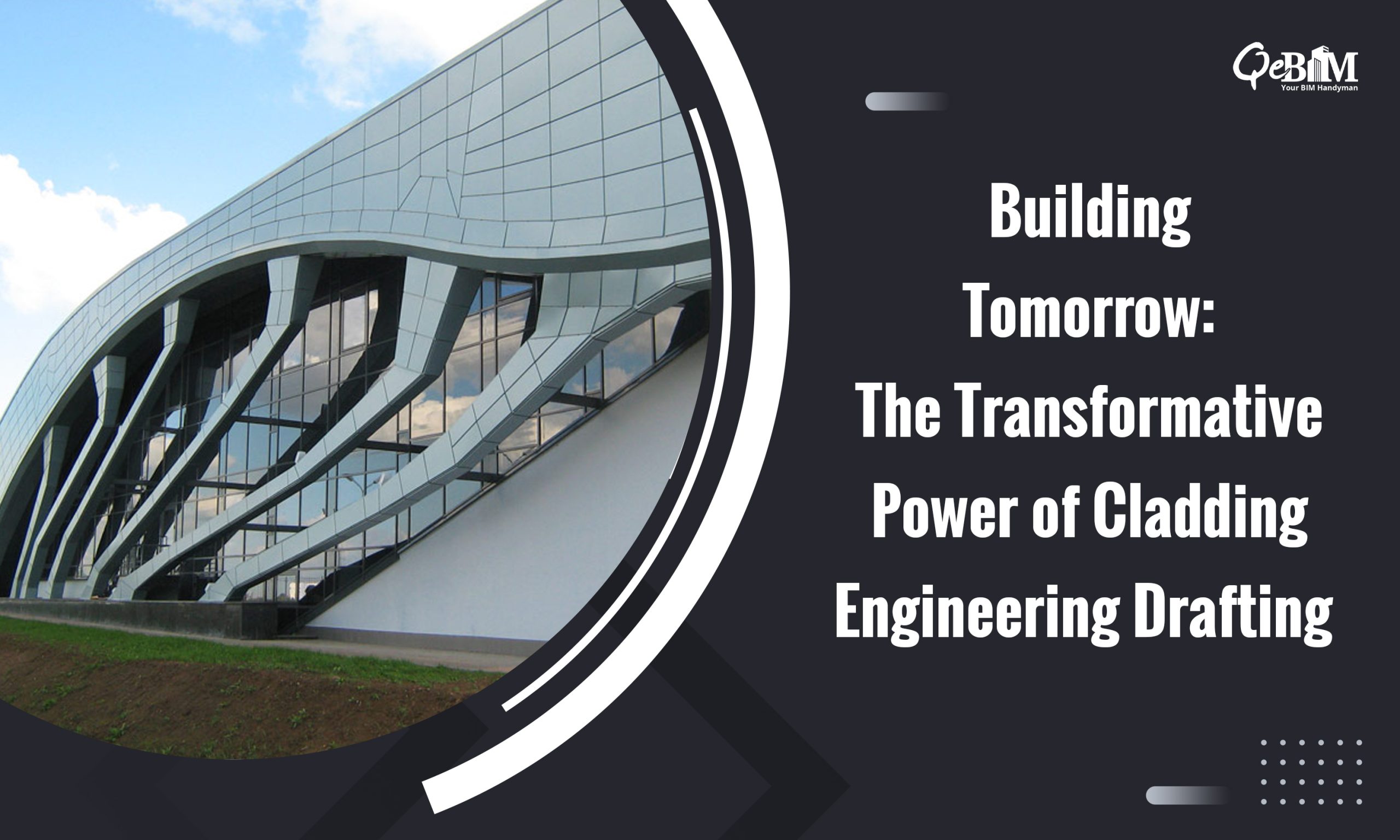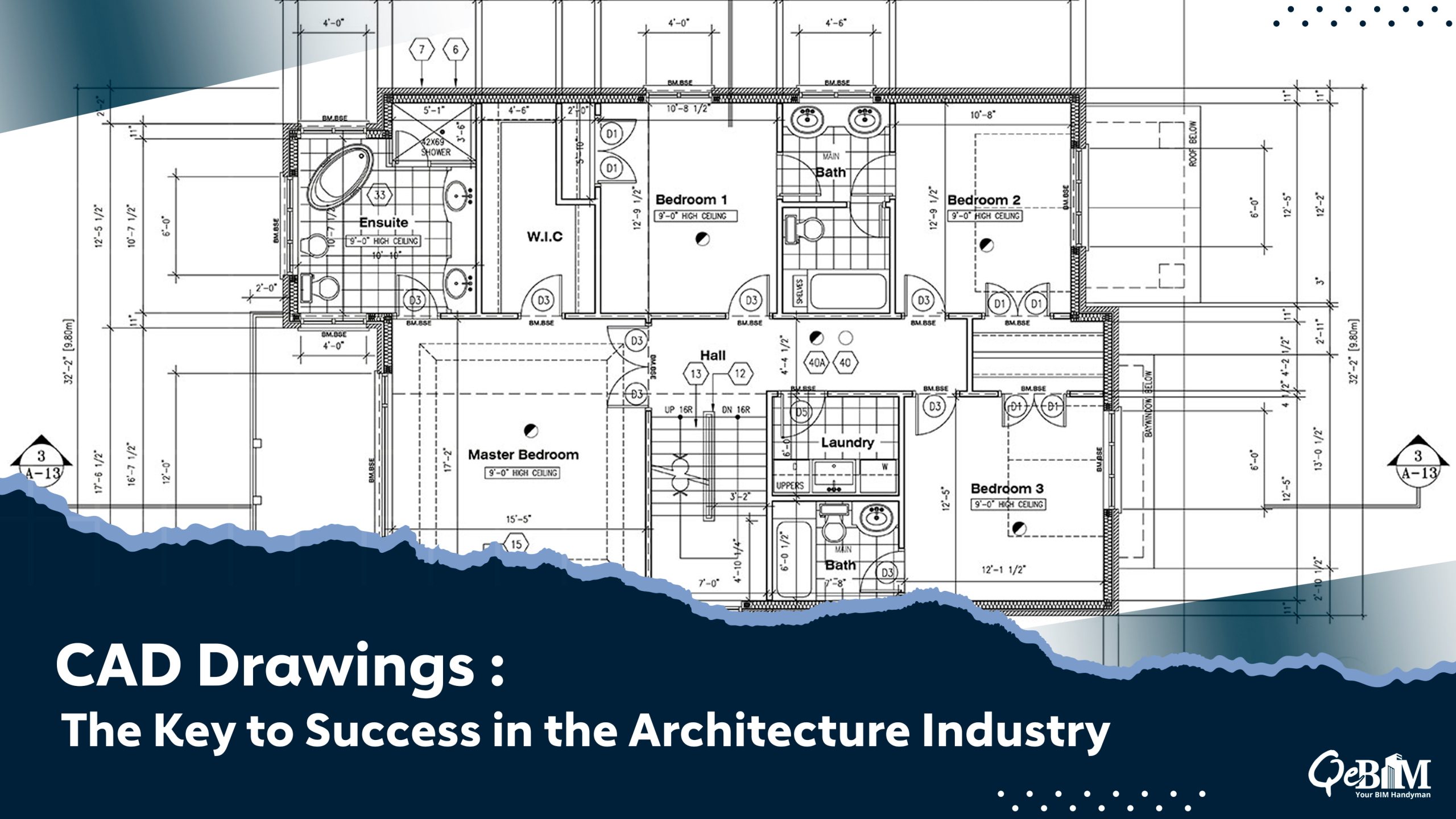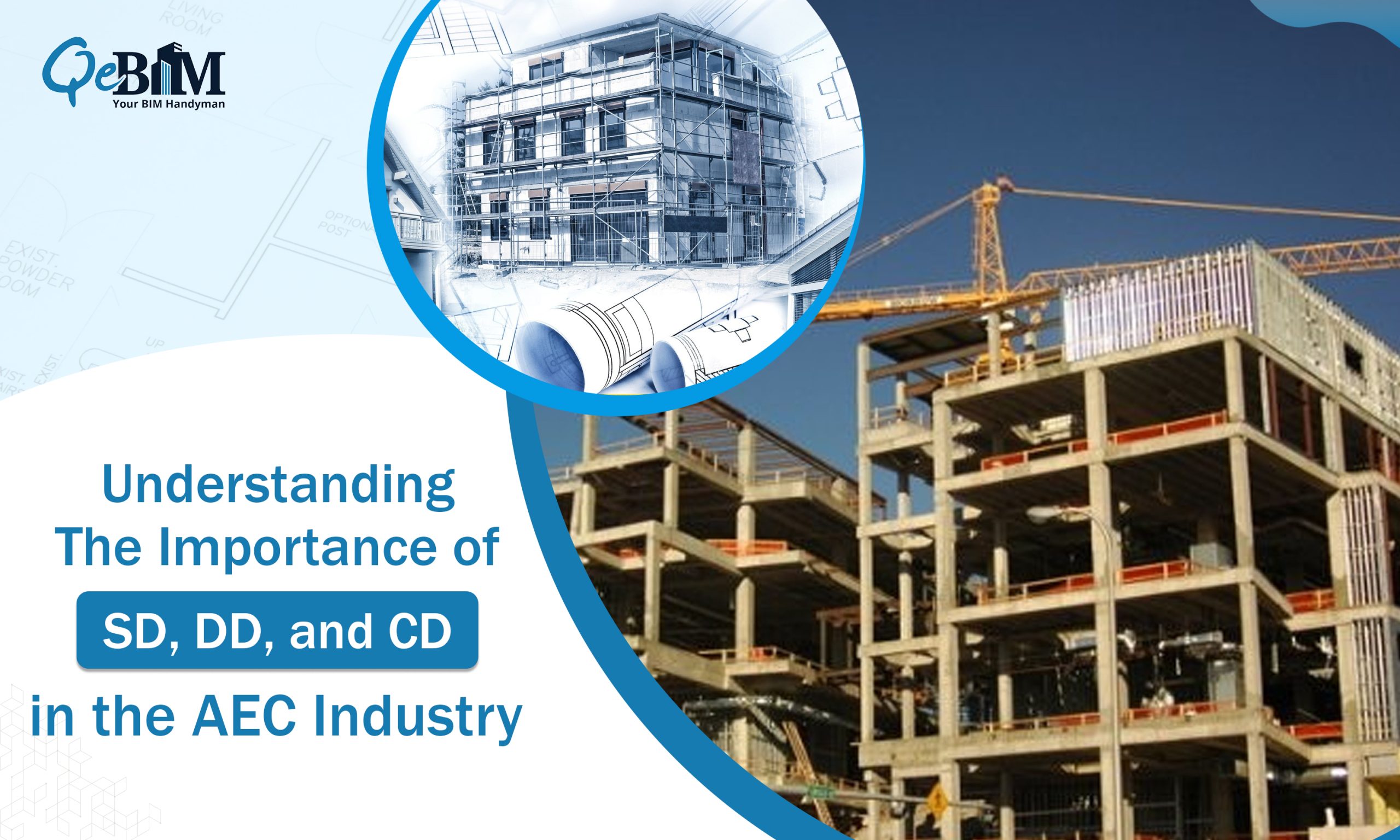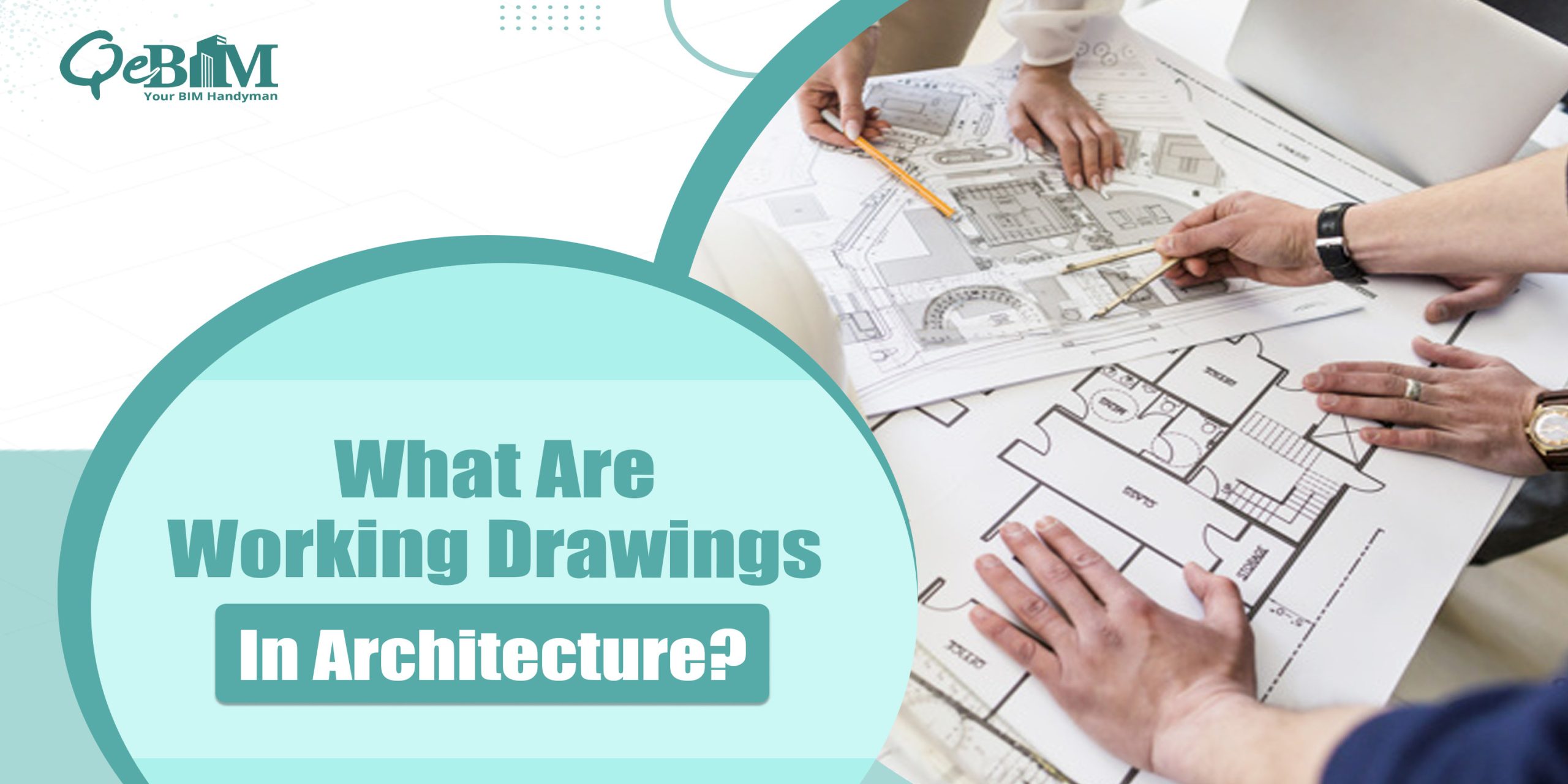Introduction:
Considering the realm of construction and architecture, technological transformation have played a pivotal role in enhancing efficiency, precision, and overall project outcomes. One such innovation that has reshaped the domain of roofing design and installation in the UK is CAD Drafting Services. This sophisticated tool has proven to be a game-changer, offering a myriad of benefits to professionals in the roofing industry.
In this blog post, we will explore how CAD drafting is transforming the way roofs are designed and installed in the United Kingdom.
1) Precision and Accuracy:
CAD Services provide a level of precision and accuracy that traditional manual drafting methods simply cannot match. In the context of roofing design, where every angle and dimension must align seamlessly, this precision is invaluable. Roofing professionals can create intricate and detailed drawings, Ensuring meticulous consideration of every facet in the design. The ability to make precise adjustments and measurements in a digital environment significantly reduces the likelihood of errors during the construction phase, ultimately leading to a more reliable and durable roofing system in UK.
2) Enhanced Collaboration:
In the past, collaboration among architects, engineers, and roofing contractors could be a challenging process, with each professional working on separate drawings and documents. CAD drafting, however, facilitates seamless collaboration by allowing multiple stakeholders to work on the same digital model simultaneously. This real-time collaboration streamlines communication ensuring the sync between everyone involved in the project. Architects can make design modifications, engineers can assess structural implications, and contractors can plan installations – all within a shared digital workspace.
3) Efficient Design Iterations:
The iterative nature of design is inherent in construction projects, and roofing is no exception. With CAD drafting, professionals can easily experiment with various design iterations without the time-consuming process of starting from scratch.
The adaptability provided enables architects and designers to delve into various possibilities, evaluate their influence on the overall structure, and make well-informed decisions regarding the optimal roofing design. The efficiency gained through quick and seamless design iterations is a significant advantage, especially when time is of the essence in the fast-paced construction industry.
4) 3D Visualization:
One of the most notable benefits of CAD drafting is its ability to generate three-dimensional (3D) models of the proposed roofing design. Traditional 2D drawings can sometimes be challenging to interpret fully, leading to misunderstandings and potential errors during construction. 3D visualization provides a realistic representation of the final product, allowing all stakeholders to visualize the design in detail before construction begins. This not only improves communication but also helps clients better understand the final outcome, fostering trust and satisfaction in the design process.
5) Cost Savings:
Efficiency gains achieved through CAD drafting can result in significant cost savings throughout the roofing design and installation process. The reduction in errors and the ability to identify potential issues early on contribute to minimizing costly rework during construction. Additionally, the streamlined collaboration and communication facilitated by CAD drafting can prevent misunderstandings that may lead to expensive modifications later in the project. The overall cost-effectiveness of CAD drafting makes it a worthwhile investment for roofing professionals across UK looking to optimize their workflows.
6) Compliance and Regulation Adherence:
UK construction is subject to a specific set of building codes, regulations, and standards, which can be complex and ever-evolving. CAD drafting software often includes tools that enable professionals to ensure their designs comply with these regulations. By incorporating regulatory requirements into the digital model, architects and engineers can identify and address compliance issues early in the design phase. Taking a proactive stance not only conserves time and resources but also mitigates potential complications and delays in the inspection and approval processes.
7) Environmental Impact:
Sustainable and environmentally friendly practices are increasingly becoming priorities in the UK construction industry. CAD drafting contributes to sustainability by minimizing paper usage and reducing waste associated with manual drafting. Digital models can be easily updated and shared electronically, eliminating the need for large amounts of physical drawings and blueprints. This not only aligns with eco-friendly initiatives but also reflects positively on the reputation of roofing professionals who prioritize environmental responsibility.
Conclusion:
The integration of CAD drafting into the roofing design and installation process has brought about a transformative wave of efficiency, precision, and collaboration in the UK construction industry. The benefits of enhanced precision, efficient design iterations, 3D visualization, cost savings, compliance adherence, and environmental sustainability collectively contribute to a more streamlined and effective approach to the UK roofing projects. As technology is evolving, embracing CAD services is becoming a necessity for UK roofing professionals seeking to stay at the forefront of their field and deliver top-notch results for their clients.
